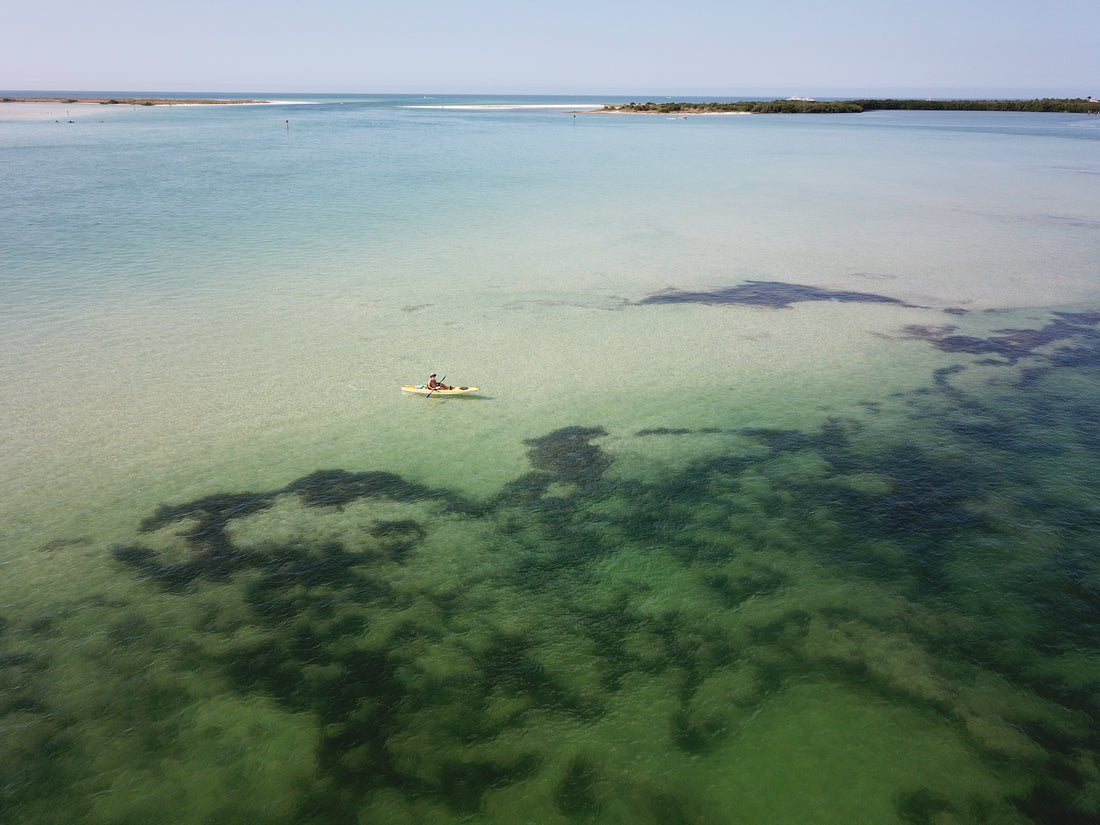
Kayaking and canoeing are two thrilling water-based activities that offer not only a refreshing escape into nature but also a chance to explore serene waterways. Whether you're a novice seeking a relaxing day on a tranquil lake or an experienced adventurer ready to tackle open seas, this comprehensive guide will provide you with insights into the exciting world of paddling. We'll explore the key differences between these two activities, the essential skills you need to master, and the equipment required to embark on your next aquatic adventure.
Section 1: Kayaking vs. Canoeing
1.1 Kayaking
Kayaking involves propelling a small, narrow watercraft known as a kayak using a double-bladed paddle. It offers two primary categories: recreational kayaking and sea kayaking.
-
Recreational Kayaking: Ideal for beginners, recreational kayaking takes place in calm, flatwater environments like lakes, slow rivers, and ponds. Basic paddling skills are sufficient, making it accessible to all age groups.
-
Sea Kayaking: This advanced form of kayaking is tailored for open water environments such as oceans and coastal areas. Proficiency in various paddling techniques, safety measures, and navigation skills is essential for tackling rougher conditions.
1.2 Canoeing
Canoeing involves paddling a canoe, typically with a single-bladed paddle. Canoes are open-top watercraft, and this activity also has variations suited to different environments.
-
Recreational Canoeing: Similar to recreational kayaking, recreational canoeing is perfect for beginners. Canoes are stable and well-suited for calm waters. Basic paddling skills are all you need to get started.
-
Whitewater Canoeing: For the adventurous at heart, whitewater canoeing involves navigating fast-flowing rivers with various levels of rapids. This requires specialized skills and equipment to stay safe and upright.
Section 2: Skills for Success
2.1 Paddling Techniques
-
Basic Paddling: In both kayaking and canoeing, you'll start with fundamental paddling strokes. In kayaking, this includes forward, reverse, and turning strokes. In canoeing, the strokes are often single-sided due to the single-bladed paddle.
-
Advanced Techniques: Sea kayakers and whitewater paddlers need to master advanced techniques like bracing, edging, and rolling (in kayaking) or precise maneuvers in challenging conditions (in canoeing).
2.2 Safety Skills
-
Rescue Techniques: Sea kayakers must learn self-rescue and assisted rescue methods. In whitewater canoeing, knowing how to perform a canoe-over-canoe rescue is crucial.
-
Navigation: Both kayakers and canoeists should possess basic navigation skills, including map reading and using compasses or GPS devices, especially in unfamiliar waters.
Section 3: Equipment
3.1 Kayaking Equipment
-
Kayaks: Choose between recreational kayaks (wider and stable) for calm waters or sea kayaks (longer, narrower) for open water adventures.
-
Paddles: Invest in quality paddles that suit your activity. Sea kayakers often use longer, more efficient paddles.
-
Safety Gear: Life jackets, sprayskirts (for sea kayaking), and communication devices are essential for safety.
3.2 Canoeing Equipment
-
Canoes: Recreational canoes for calm waters and specialized canoes (whitewater, touring) for different conditions.
-
Paddles: Single-bladed paddles designed for canoeing. Whitewater canoers may use shorter, stronger paddles.
-
Safety Gear: Life jackets, helmets (for whitewater), and throw bags are crucial for safety.
Section 4: Trip Planning and Resources
-
Trip Length: Decide on the duration of your adventure, whether it's a short day trip or a multi-day expedition.
-
Training: Consider formal training and certification programs for sea kayaking and whitewater canoeing to enhance your skills.
-
Local Regulations: Familiarize yourself with local boating regulations and permits required for your chosen waterway.
In conclusion, kayaking and canoeing offer a range of thrilling experiences for water enthusiasts of all levels. Whether you prefer the tranquility of a serene lake or the excitement of navigating challenging rapids, there's a paddling adventure waiting for you. Remember to invest in the right equipment, master essential skills, and prioritize safety to make the most of your aquatic journeys. With the knowledge and passion for these activities, you're well on your way to discovering the joys of kayaking and canoeing.
